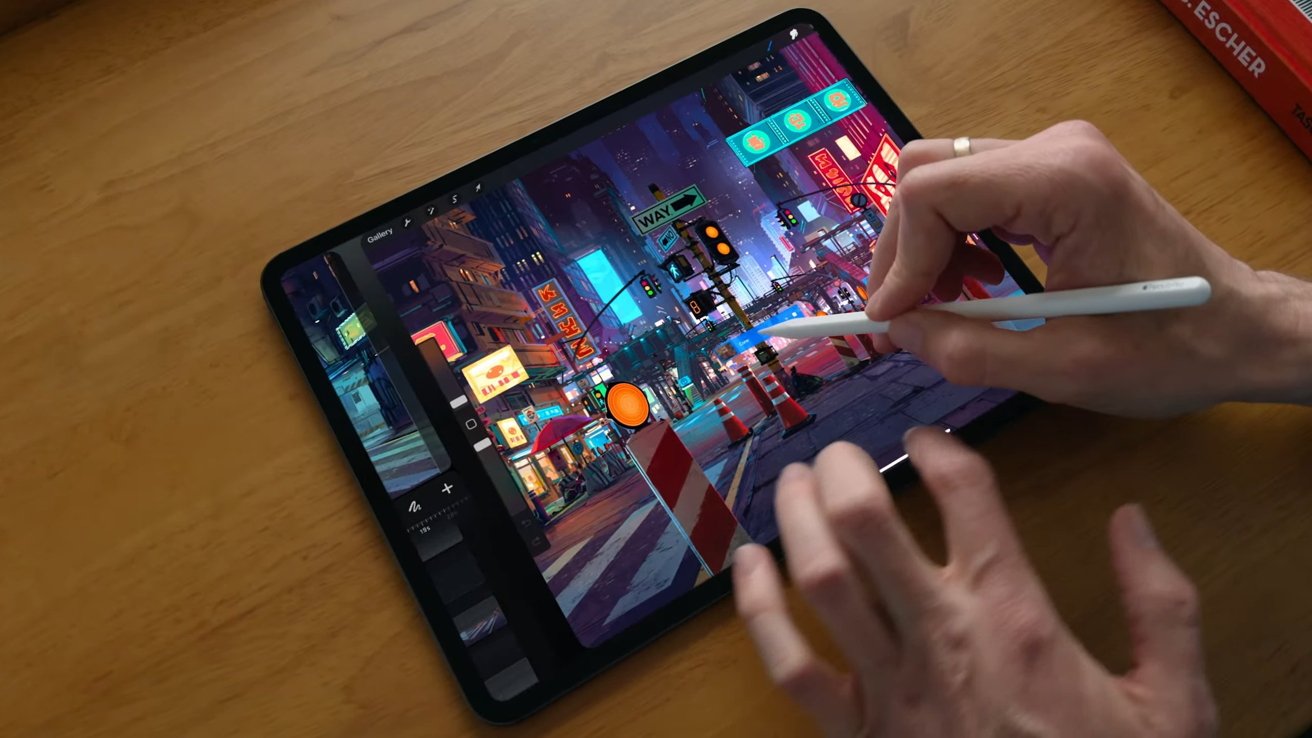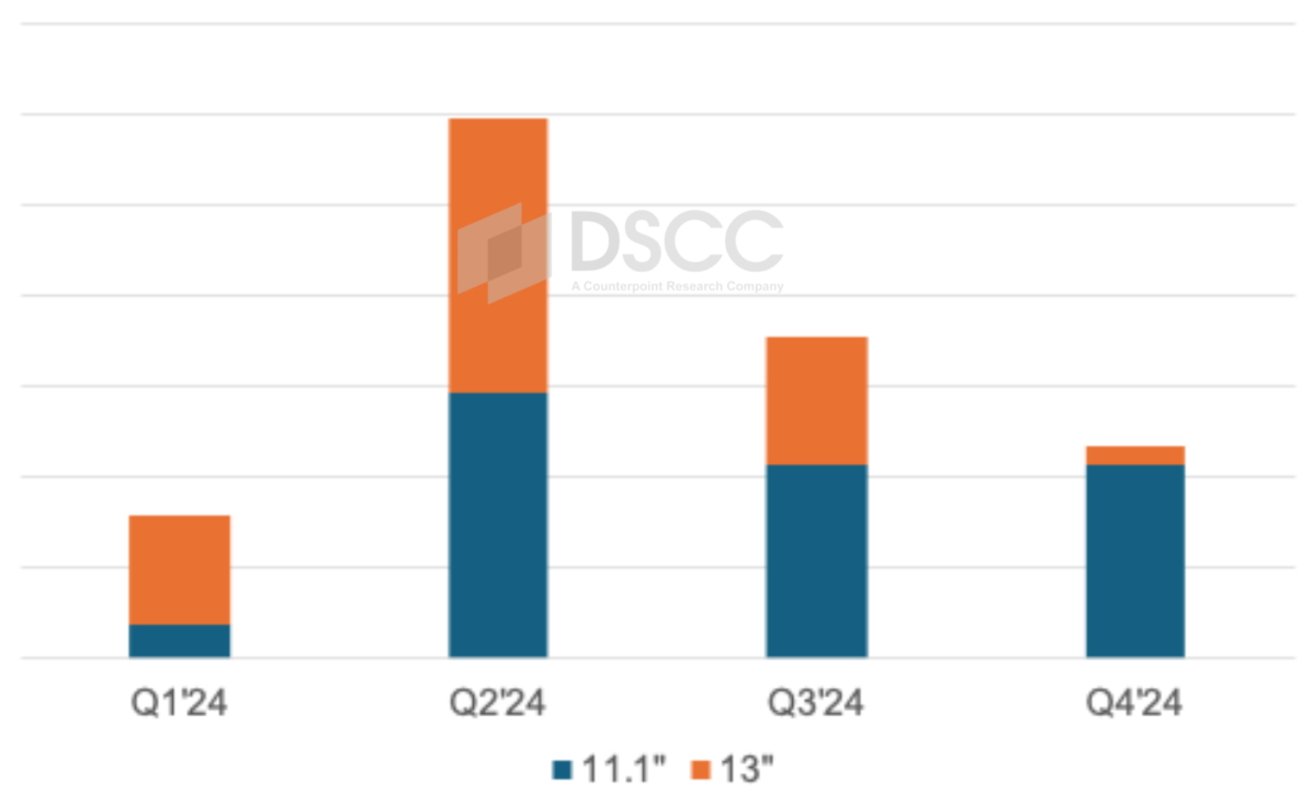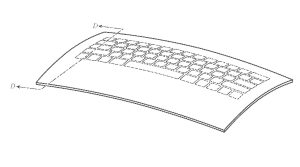
Apple’s ultra-thin OLED iPad Pro fails to spark sales surge

Apple’s OLED iPad Pro, hailed for its display and ultra-thin design, is reportedly struggling to capture consumer interest as sales plummet well below expectations.
Apple’s first-generation OLED iPad Pro, launched with much anticipation in May, delivered groundbreaking features such as the thinnest design in the market and the best tablet display ever. However, as of the third quarter of 2024, sales have fallen far behind initial projections.
According to Display Supply Chain Consultants (DSCC), what was expected to be a highly successful product has seen a significant decline in demand.
Apple OLED iPad Pro
The OLED iPad Pro entered the market with two screen sizes, 11.1-inch and 13-inch, and was hailed for its impressive display technology, which includes tandem OLED stacks and LTPS backplanes, all within a super-slim 0.2mm panel. When it launched, Apple expected to ship 10 million units in 2024.
However, the reality has been quite different. By the third quarter, panel shipments had dropped by 40%, with a further 30% decline expected by the end of the year. The larger 13-inch model, priced higher than its smaller counterpart, has been the hardest hit, with a 90% drop in shipments predicted for Q4 2024.
Why sales are falling
Despite its cutting-edge features, several factors contribute to the iPad Pro’s underperformance. One of the primary reasons is its high price point.
The 11.1-inch OLED iPad Pro costs $999, while the 13-inch model costs $1,299. For many consumers, these prices are too steep, especially considering that tablets are often viewed as complementary to smartphones or laptops.

Quarterly OLED iPad Pro Panel Shipments by Size and Time Period. Credit: DSCC
As a result, potential buyers may see the iPad Pro as a luxury rather than a necessity, making it easier for Apple to justify such premium prices.
Another factor is iPad longevity. Unlike smartphones, which tend to be upgraded more frequently, tablets have a longer life cycle.
The introduction of a faster M4 processor and superior OLED display hasn’t convinced many users to upgrade from their iPads, particularly when rising costs for essentials like food, housing, and energy are putting pressure on household budgets. In that context, upgrading to the latest iPad model is a lower priority for many consumers.
Finally, the need for OLED technology in tablets is limited. While the OLED display offers impressive visual quality, many users aren’t swayed by the difference, especially given that the previous iPad Pro models with M2 processors and MiniLED displays still perform exceptionally well.
The shift to OLED doesn’t offer enough of a significant upgrade to justify the extra cost for most users, further limiting the overall demand for these high-end tablets.
Apple’s earnings are on October 31. More light will be shed on the sales situation then.




